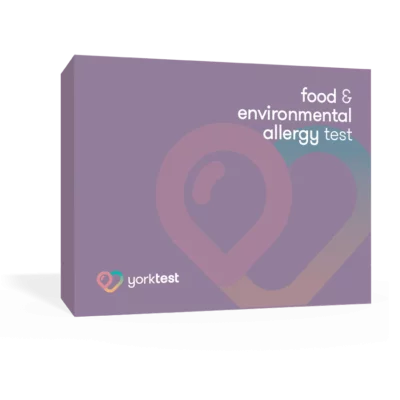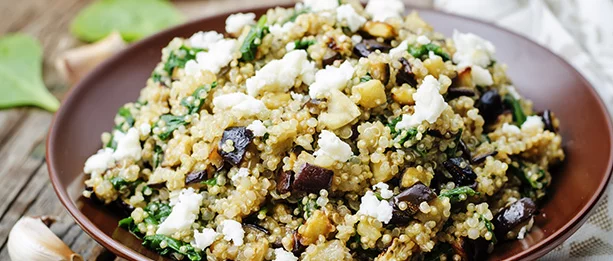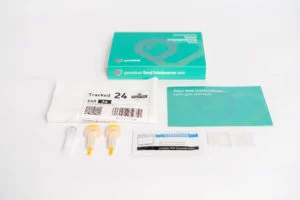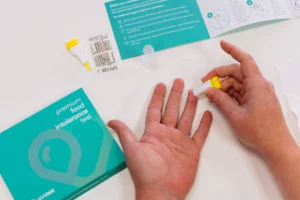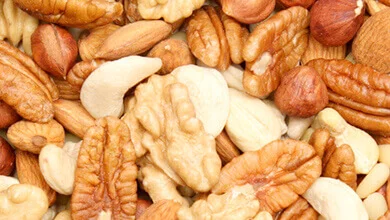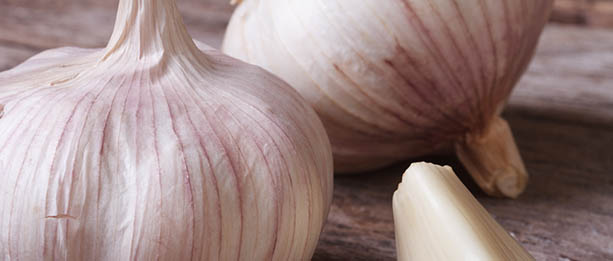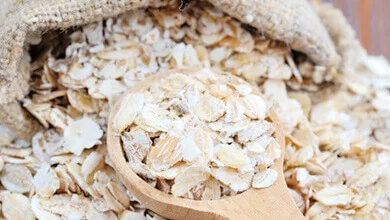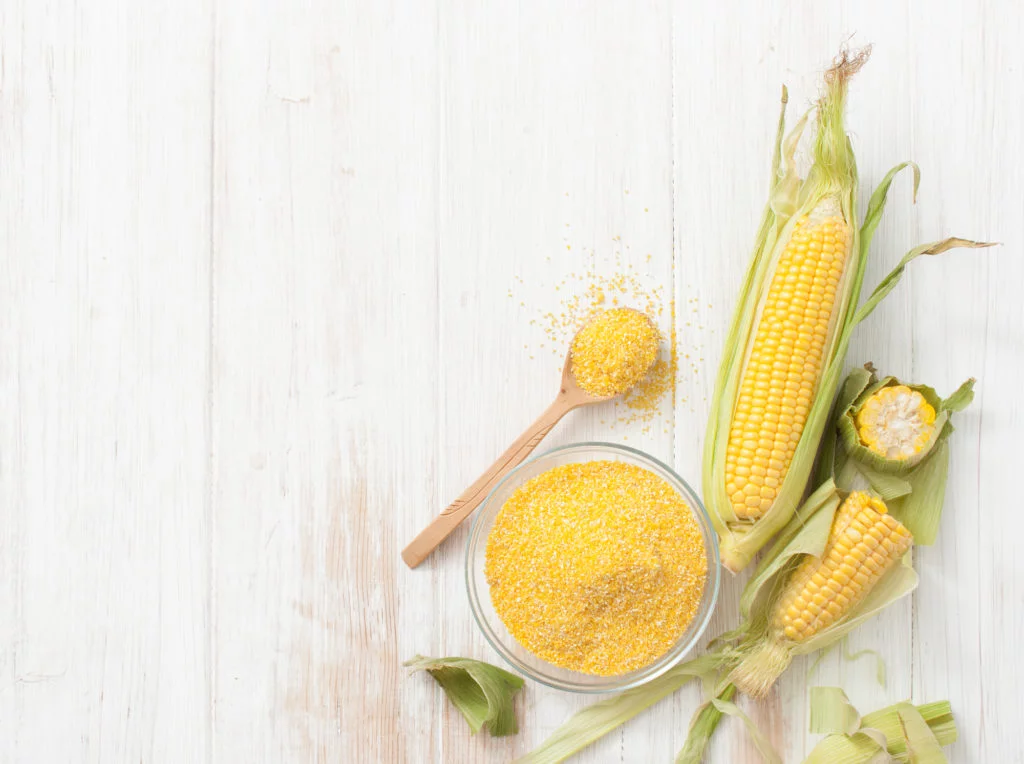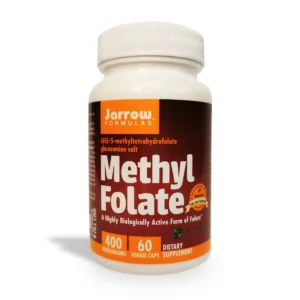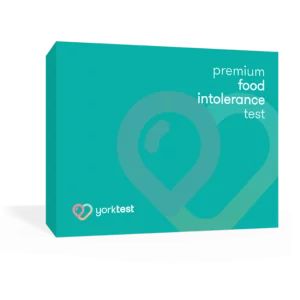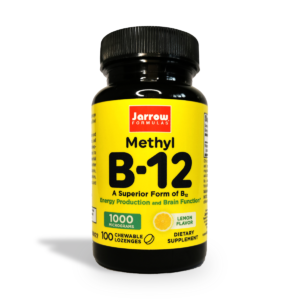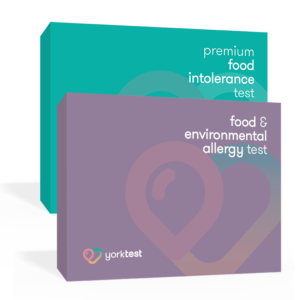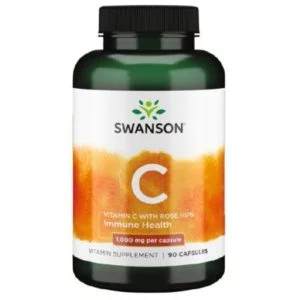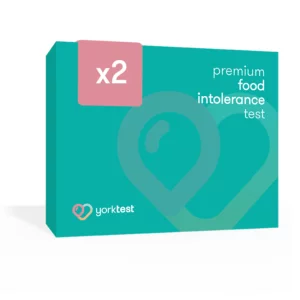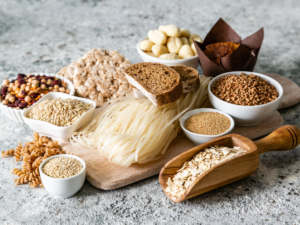What is the difference between a yeast allergy and a yeast intolerance?
While yeast intolerance symptoms may cause discomfort, pain and unpleasant sensations, a yeast allergy can actually cause a life-threatening reaction. True allergies can cause the body to go into anaphylaxis when the immune system reacts to a trigger.
People with a yeast intolerance struggle to digest yeast, or find that their digestive system is irritated by foods containing yeast. With a yeast allergy, the immune system generates an allergic reaction – for example by releasing histamines into the body – as it identifies yeast as an invader. If you suspect you may have an allergy, it’s important to visit your GP as soon as possible.
Can you outgrow a yeast intolerance?
Yes, it is possible to lose your intolerance to yeast, though you don’t necessarily ‘outgrow’ it. After completing a 12-week elimination diet, you may be able to gradually introduce yeast back into your diet. As everybody is different, you should closely monitor symptoms after consuming any foods or drinks which contain yeast. You may find you can only tolerate small amounts, or your body no longer reacts to this trigger food.
Throughout the elimination diet, it’s important you are balancing your diet with nutritious alternatives, especially those containing Vitamin B12 which is commonly found in foods made with yeast.
How long does it take for a yeast intolerance to show?
A food intolerance* occurs when your body mistakes a harmless food protein as a threat and produces IgG antibodies – which may result in inflammation and discomfort. Yeast intolerance symptoms can be delayed – though it varies, sometimes it can take up to 72 hours for symptoms to show.
Stress, medication, an unhealthy diet or contracting an infection can initially spark a yeast intolerance and, over a number of years, this can develop and progress in the body.
In contrast to yeast intolerance, yeast allergy symptoms show alsmost immediately after consumption. Given that yeast is a widespread ingredient in many foods, yeast intolerance or yeast allergy symptoms can be difficult to identify the source of with your broader diet. This is further complicated as there are different types of yeast, for example you may have a brewers yeast allergy or it may relate to brewers yeast.
*YorkTest defines ‘food intolerance’ as an IgG antibody reaction.
Yeast Intolerance Test
It can be difficult to determine if you have a yeast intolerance as your symptoms may be due to other food and drinks. YorkTest’s Premium Food Intolerance Test includes yeast as part of over 200 ingredients. This allows you to identify if you have a yeast intolerance
Is an elimination diet for a yeast intolerance the same as the Candida diet?
The ‘Candida Diet’ focuses on trying to reduce natural yeasts from the body. Candida albicans is a normal part of your gut flora and can also be found in the mouth and on the skin. However, an impaired immune system or consuming high levels of sugar, alcohol and processed foods can destabilise your flora and Candida can spread and overgrow.
This Candida overgrowth can show external symptoms, such as a reoccurring yeast infection, a white coating on the tongue and, in time, could lead to “leaky gut syndrome”. A “Candida cleanse”, which focuses on eliminating a wide range of ingredients from your diet, can often be challenging and restrictive, cutting out sugars, non-glutinous grains, dairy and fermented, processed foods.
A yeast intolerance diet, although similar, is less rigid and does not avoid as many foods. Addressing a yeast intolerance involves mainly focussing on removing yeast-containing foods and drinks from the diet that might be triggering inflammation or symptoms in the body.



